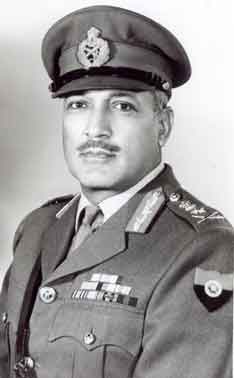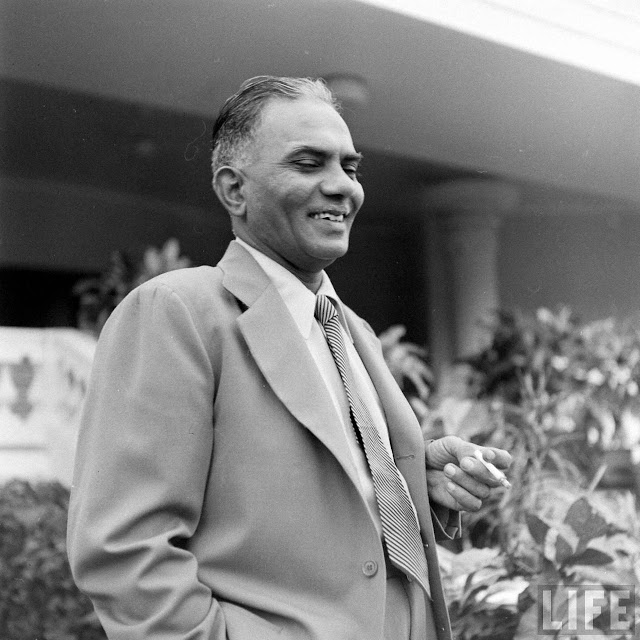
By Inukonda Thirumali
The achievement of freedom and making India an integrated political nation is the contribution of the nationalist intelligentsia. We distinguish the nationalist political intelligentsia from the Hindu or Muslim political intelligentsia.
As far as the integration of Hyderabad is concerned the BJP wanted to write its own history using Patel’s linage that would not satisfy the historical construction easy.
Hyderabad’s integration: Systematic decision of the cabinet
Hyderabad’s integration was a systematic decision of the cabinet of the time. It was seriously discussed, planned at the highest level including the British government, Gandhi and other stalwarts. The Cabinet Mission and the Independence Act agreed on only two sovereign states – India and Pakistan. Thus the princes had no choice but have to join one of the sovereign States. The Indian nationalist leadership designed a neat policy of integration particularly towards Hyderabad to make India a unified political entity.
Nizam had rejected the idea of Pakistan
The Nizam protested against the Independence Bill and wrote to the British. The British made it clear that the paramount power vested in the British, thus it had absolute control over entire sub-continent. They, therefore, under the specific circumstances divided the country into two states and the princes had to join either of them. When Nizam expressed a desire to join the British Commonwealth the British PM C.R. Attlee said he was not eligible, as it was not a sovereign state. The Nizam thus came to know the status of his State. Attlee, however, said he would help the Nizam if he was to join Pakistan. Nizam refused the offer. Nizam was thinking he belonged to a dynasty that ruled India once and he cannot join some state losing his Hyderabad ‘Nizamat’ identity. And he felt that he was a proud ruler of Hyderabad. He disregarded Pakistan because it was formed on the basis of religion. He asserted that he is the ruler of Hindus and Muslims. He expressed utter disregard for Jinnah. He once refused audience to Jinnah in Hyderabad. Though he met him briefly later and rejected the idea of Pakistan.
Standstill Agreement
All his hopes of remaining independent were shattered. Nizam could do nothing under the above circumstances except signing Standstill Agreement with India. Through the British influence, he was enticed to sign the Agreement. He signed the agreement on 29 November 1947 just three months after the Independence. Patel declared in Constituent Assembly that the Nizam signed the Standstill Agreement and Hyderabad has thus become part of India.
He signed the agreement at the behest of Lord Mountbatten and sent it back to him the same day with a secret covering letter. In the letter, Nizam mentioned that in case of war between India and Pakistan, Nizam would remain neutral. V. P. Menon was dismayed at the prospects of the letter being noticed by Patel. He thought that the consequences would be serious.
Here we understand that the Standstill Agreement means Hyderabad is part of India. And in case of war, Hyderabad will be with India. The second point was that Nizam thought that neutrality of Hyderabad would mean its integration through military action. Nizam immediately withdrew his letter. This entire exercise did not even go to the notice of Patel.
Nizam’s outward attitude was changed and he became friendly with the Government of India.
Razakars
As far as the violence in Hyderabad is concerned it is done by the government of Mir Laik Ali under the influence of Kasim Razvi, the leader of Razakars or Volunteers.

The Nizam declared that he was a “prisoner” and Razvi is using “fascist methods” to control the Hyderabad government and the people. Here government of India got the chance to intervene to “free” Nizam from the clutches of the Laik Ali government.
A lot of discussion between various national leaders, ministers and officials and the military officers had taken place before the military action against Laik Ali government. The preparations indicated that there might be a war. But none from the Muslim world supported the Hyderabad regime. Razvi and Laik Ali gave a false impression that there will be war and diplomatically government of India would be exposed at international forums.
Government of India was getting information through Agent-General K. M. Munshi that Nizam was planning independence. At the same time atrocities of Razakars were increasing to gain independence.
Operation Polo
Intelligence information was that the Communists might play a role to jeopardize the upcoming democracy under Nehru. Communists were comparing Nehru with Shankai Shaik and Kerensky. That also meant revolution would be carried out to demolish Nehru. In their view, Nehru was an imperialist stooge. Against this background, military action was planned in June 1948 naming it Caterpillar. But the military was not ready then. The Government of India then in consultation with Southern Command planned to carry out Operation Polo on 17 September 1948.
When the actual attack took place there was no resistance at all. In fact on 16th September Nizam informed K.M. Munshi that “The vultures have resigned. I do not know what to do.”
General El Edroos, Chief of Army Staff, suggested Hyderabad surrender to General J. N. Choudhury.

Kasim Razvi discarded his Field Marshal uniform. He was arrested and Laik Ali was placed under house arrest.
General Choudhury visited the Nizam and saluted him. He told him that law and order was restored. The Nizam was not dethroned. Mir Osman Ali Khan continued as the Nizam till the constitution came into force on January 26, 1950. Then Nizam became Rajpramukh. This clearly indicates that there was no military action against the Nizam.
The Indian army exercise was against the Hyderabad government led by Laik Ali. It was part of the strategy of the government of India to make Nizam fall in line. The details of this strategy will be discussed in these columns later.
Why did Mir Osman Ali Khan continue as the Nizam?
Indian democracy, to take the political shape, has to become sure of its territory and core region. Hyderabad is located at the center of the country. Nizam with the Mughal legacy has to fall in line. His approval was necessary to make ‘territorial India’ complete.
Nizam, on the eve of military action, had decided to appoint of Mirza Ismail as prime minister but K.M. Munshi did not approve. He was waiting for the Central government to give a green signal. Nehru never wanted animosity with Nizam after he rejected Jinnah’s proposal to join Pakistan. Under these circumstances, Nizam was forced to come to terms with the independent Indian regime at Delhi.
Nizam himself had been communicating well to the Nehruvian diplomacy and young Indian State’s initiative. The oldest prince and richest ruler also responded positively under the circumstances. He could do nothing else. On 6th December 1948, he dissolved Hyderabad Legislative Assembly and ordered for fresh electoral rolls. Nizam communicated on 24th November 1949 to the Indian government that the constitution of India should be the constitution of Hyderabad. And in the spirit of the anti-feudal national programme, the Nizam abolished Jagirs, Samasthans and Maktas on 15 August 1949. Even Sarf-e-Khas, the private estate of the Nizam, was given up for an annual payment of Rs 25 lakh.
Public welcome to the Indian army, the diplomacy of national leaders, atrocious behavior of Razakars and the threat of Communist struggle silenced Nizam and led him to accept Nehru’s soft policy to integrate Hyderabad with India. Therefore, on 1 December 1949 M.K. Vellodi was appointed Chief Minister of Hyderabad and Nizam, the Rajpramukh. Hyderabad State that had come into existence since 1724 was transformed into the present form in this manner.
My understanding is that Hyderabad State also got independence as per the Indian Independence Bill on 15 August 1947. Nizam was forced to accept this reality and maintained peace till the government of India advanced to integrate it into India without any resistance or war. His title HEH the Nizam was allowed until the process was completed through issuing firmans we cited above.
Dr Inukonda Thirumali is a historian and socio-political activist

